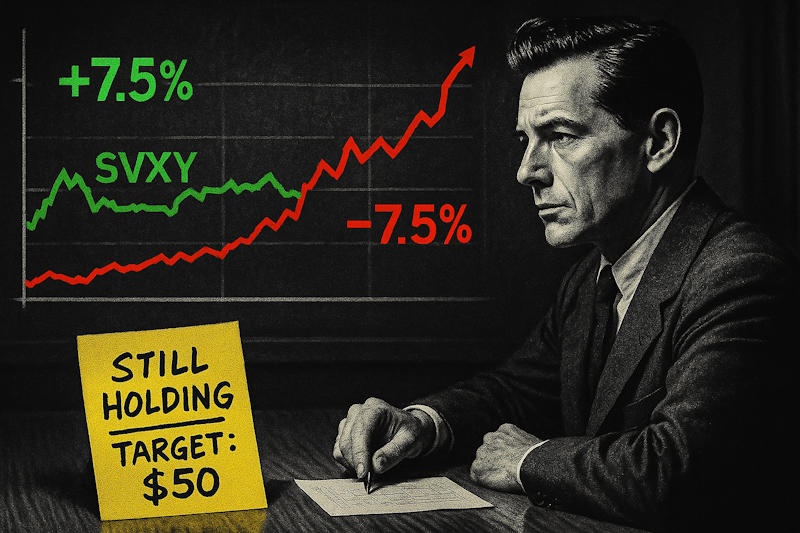In my last couple of posts, I walked you through the EIA Petroleum Status Report and how I use it to keep tabs on crude oil inventories. If you missed the deep dive or the live check-in, you can catch up here: Understanding the EIA Report and Live EIA Report Analysis.
Today, I’ve got a real-world example to illustrate how the numbers in these reports translate into market behavior. Let’s take a look at crude oil (ticker: /CL) and gasoline (ticker: /RB) — and what their recent price action is telling us.
Inventories in Focus
Over the past couple of weeks, crude oil inventories have shown draws — meaning supply is tightening. At the same time, gasoline inventories have seen surpluses. This mismatch between the two is creating an interesting dynamic in their price movements.
As of December 13, crude oil was trading as high as $71.50, while gasoline sat at $2.00. Fast forward to today: while crude oil has been dropping the past few days, it traded as high as $71.00 today, while gasoline has slipped to $1.94.
What’s going on here?
Weight of the Inventories
Even though crude oil has rebounded, gasoline prices remain under pressure. Why? Because the surplus in gasoline inventories is acting as a “weight,” keeping prices suppressed. The market is looking at those extra barrels of gasoline and saying, “We’ve got plenty to go around.”
This highlights an important point: while crude oil and gasoline are closely related, they don’t always move in lockstep. The fundamentals driving each market — supply, demand, and inventories — can diverge, creating opportunities for traders who are paying attention.
Why This Matters
If you’ve been following my posts, you know that inventory data can provide crucial clues about where prices might be headed. But it’s not just about the headline numbers — it’s about understanding the relationships between these markets.
For instance, when gasoline inventories are high, refiners might reduce their crude oil intake to balance things out. This could eventually cap crude oil’s upward momentum, even if inventories for crude continue to draw down.
Key Takeaways for Traders
- Watch for Divergences: When crude and gasoline prices move in opposite directions, it’s often a signal that the fundamentals for each market are shifting.
- Track Inventory Trends: The EIA Petroleum Status Report is your best friend here. Pay attention not just to crude oil numbers, but also to gasoline, heating oil, and other products.
- Stay Patient: Markets like these can whipsaw, and having a clear strategy is key. Let the data guide your trades.
What’s Next?
With gasoline inventories keeping prices in check, the big question is whether crude oil will find enough support to break higher — or if the weight of refined product inventories will eventually drag it down.
I’ll be keeping a close eye on the numbers in the weeks ahead, and you should, too.
If you’re just tuning in, be sure to check out my earlier posts on how to analyze the EIA Petroleum Status Report. They’ll give you the tools to interpret this data and turn it into actionable insights.
— Geof Smith
P.S. Be sure to check out how I’ve been targeting hundreds in weekly income from the markets — every single week — just trading oil.




